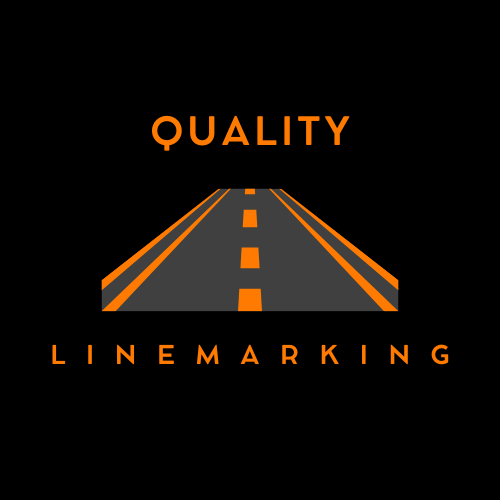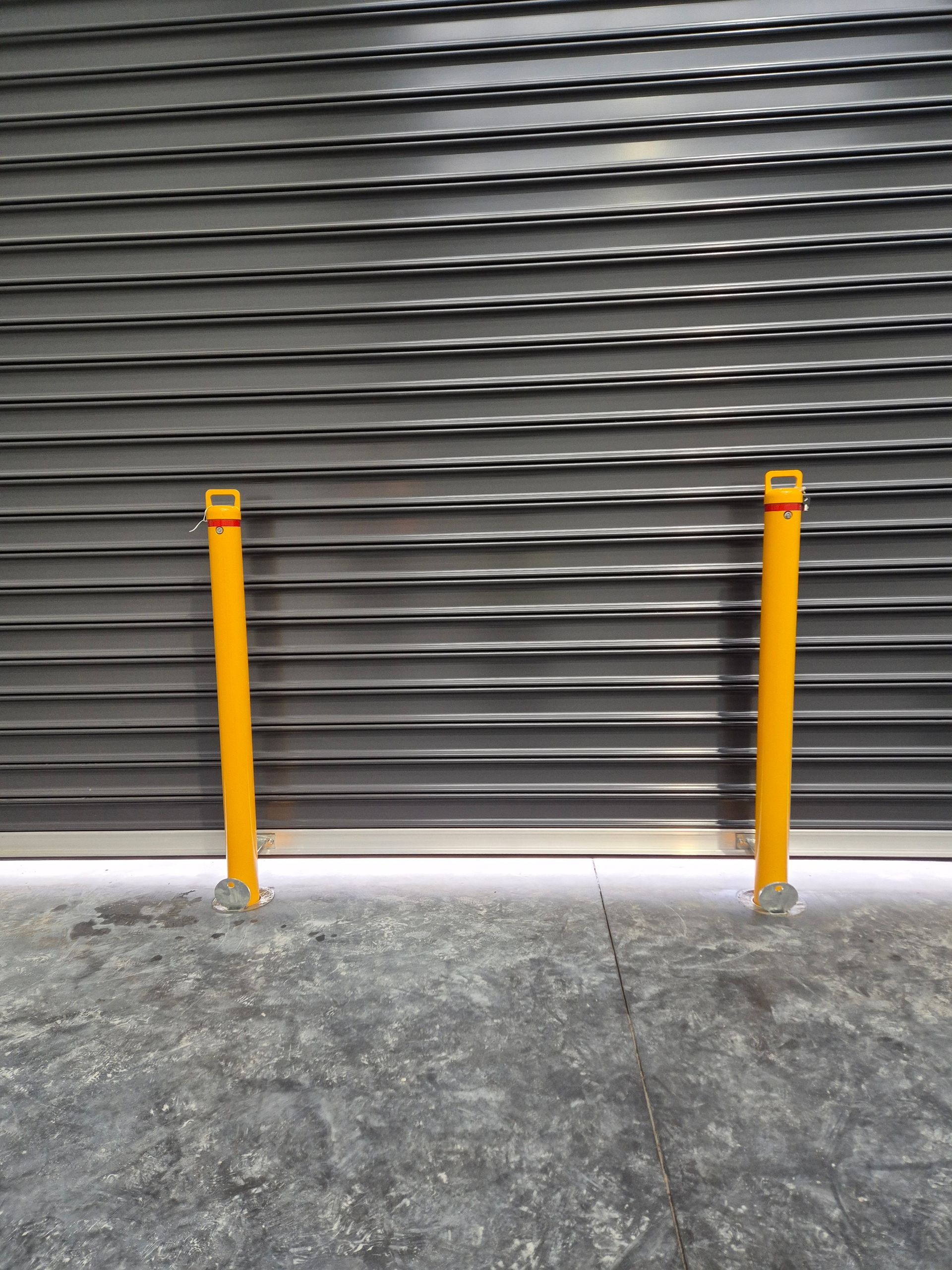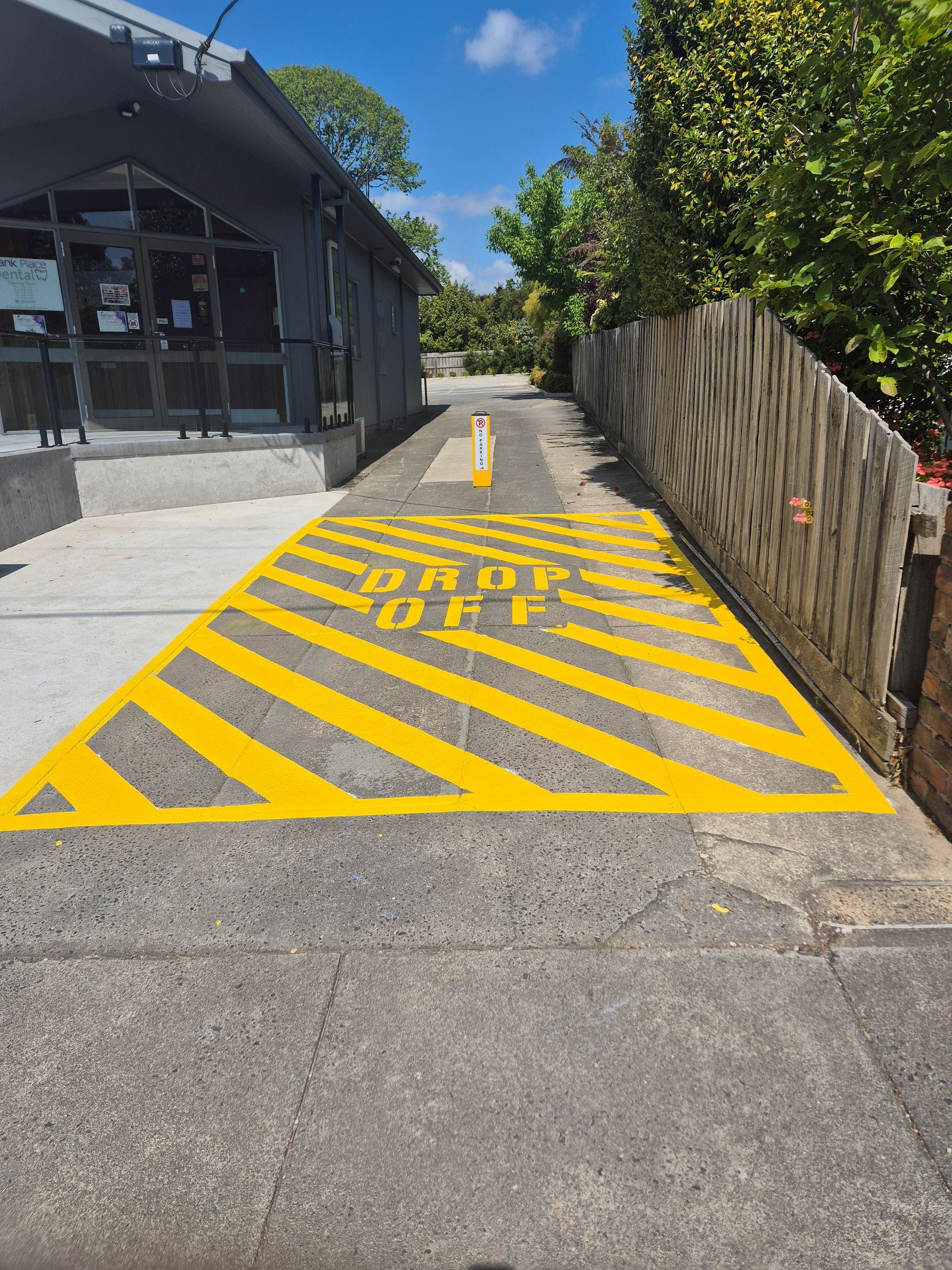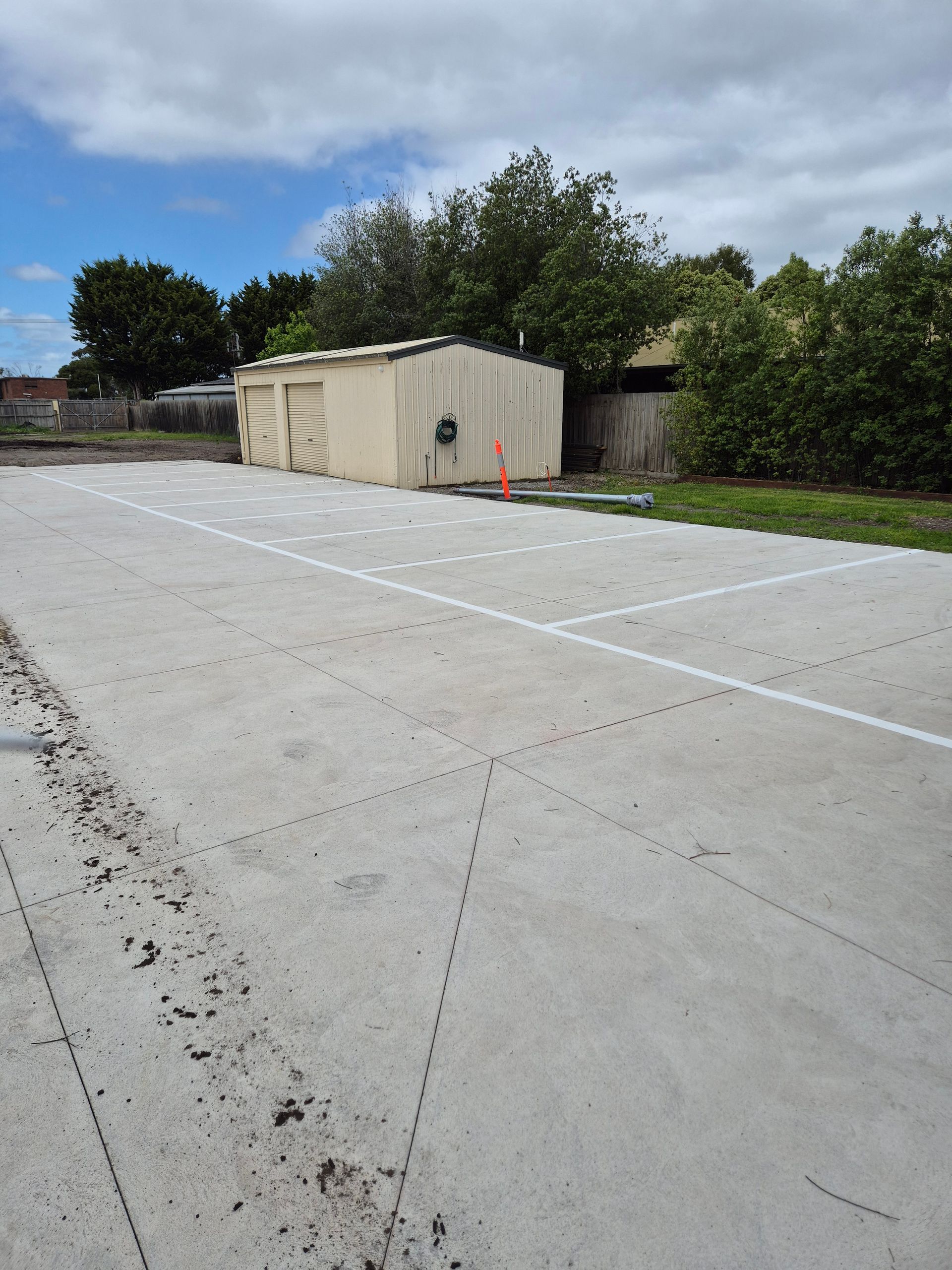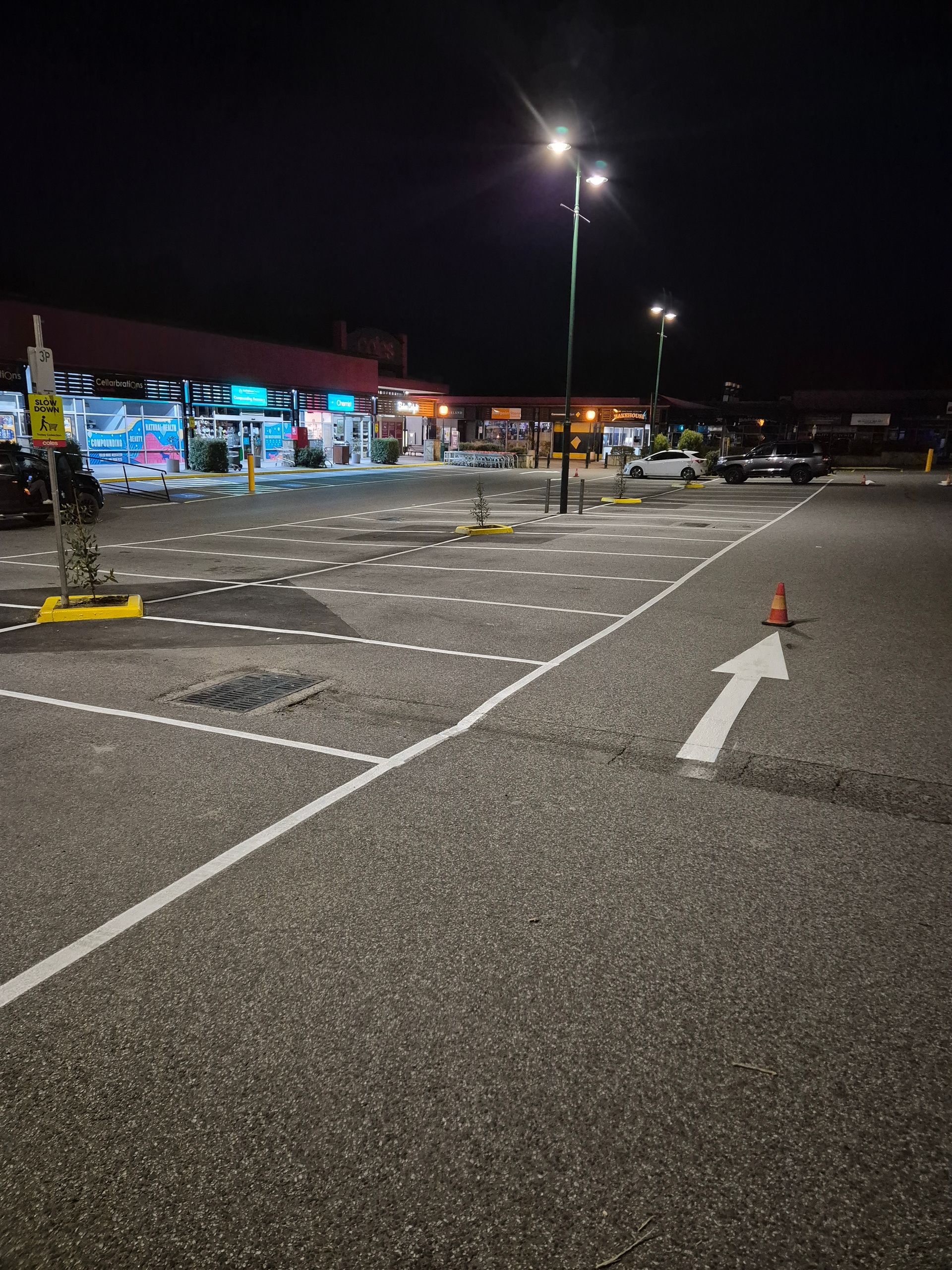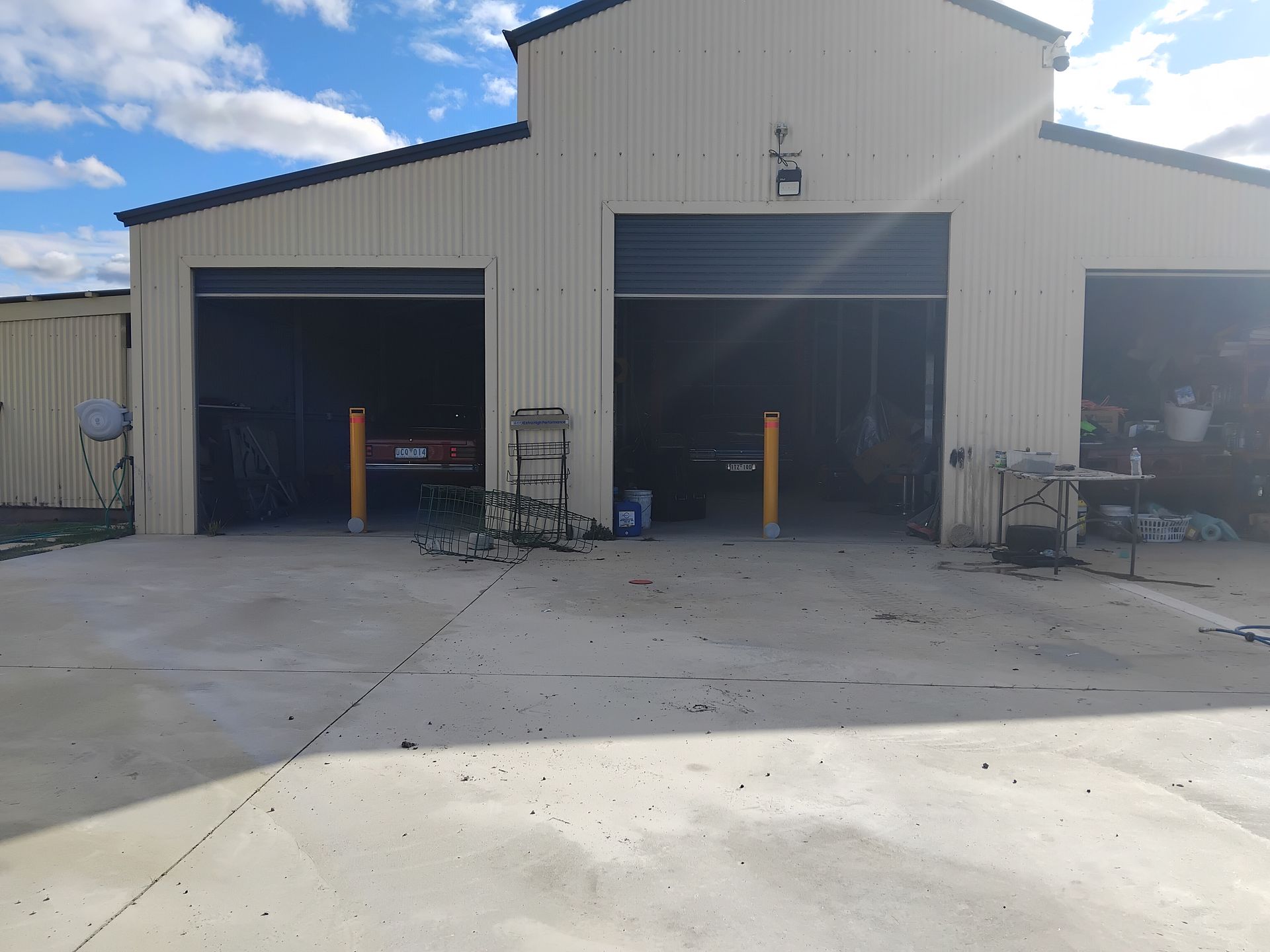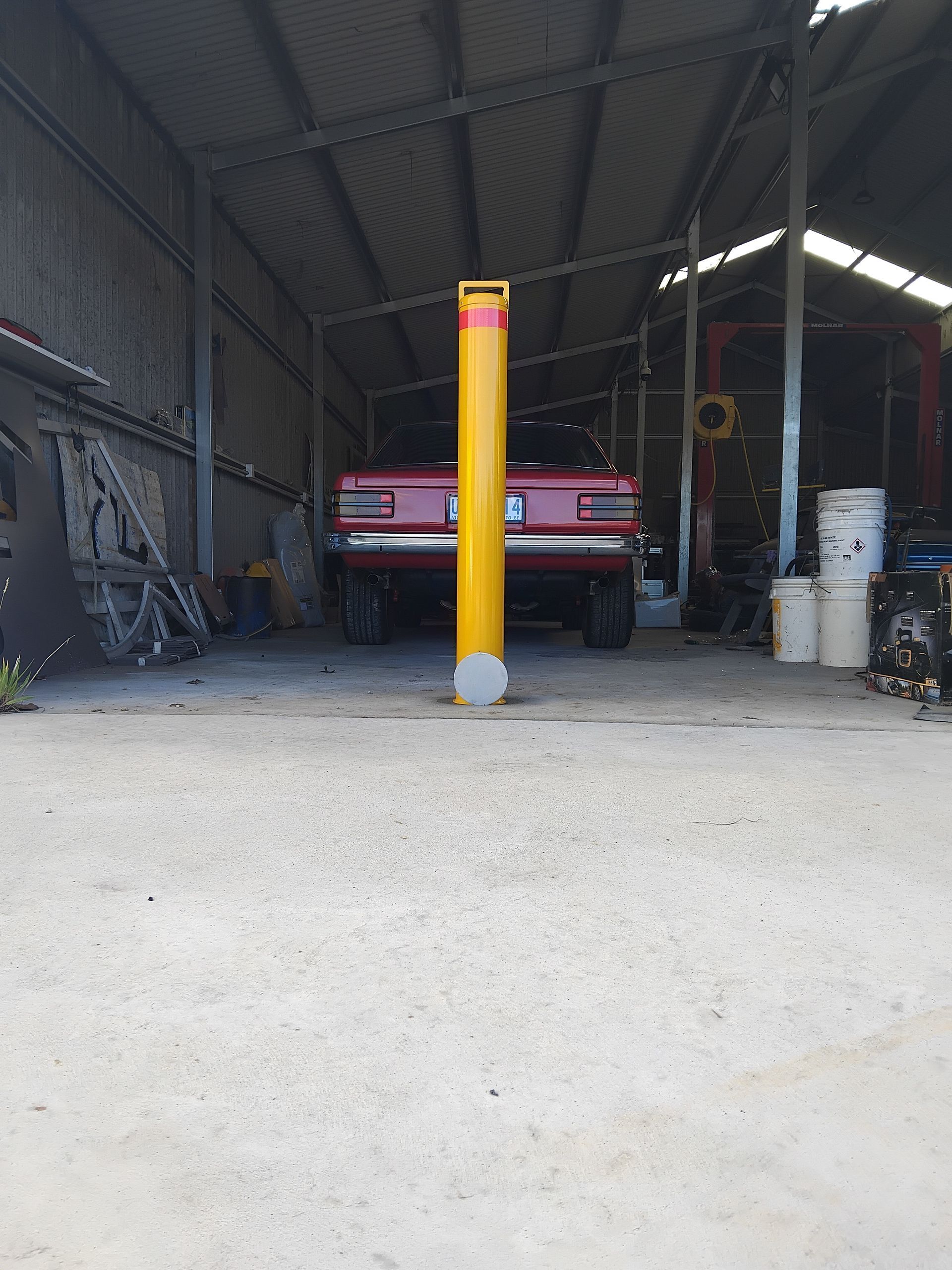How to Choose the Right Bollards for Your Property
When it comes to protecting your property, guiding traffic, or enhancing safety and security, few solutions are as effective and versatile as bollards. But with so many different styles, materials, and installation methods available, choosing the right bollards for your site can be overwhelming.
In this guide, we’ll walk you through everything you need to know to make the right choice—from understanding your property’s specific needs to selecting the correct bollard type, size, and installation method. Whether you're installing bollards for a commercial car park, warehouse, retail front, or private driveway, this guide is tailored to help you make an informed decision.
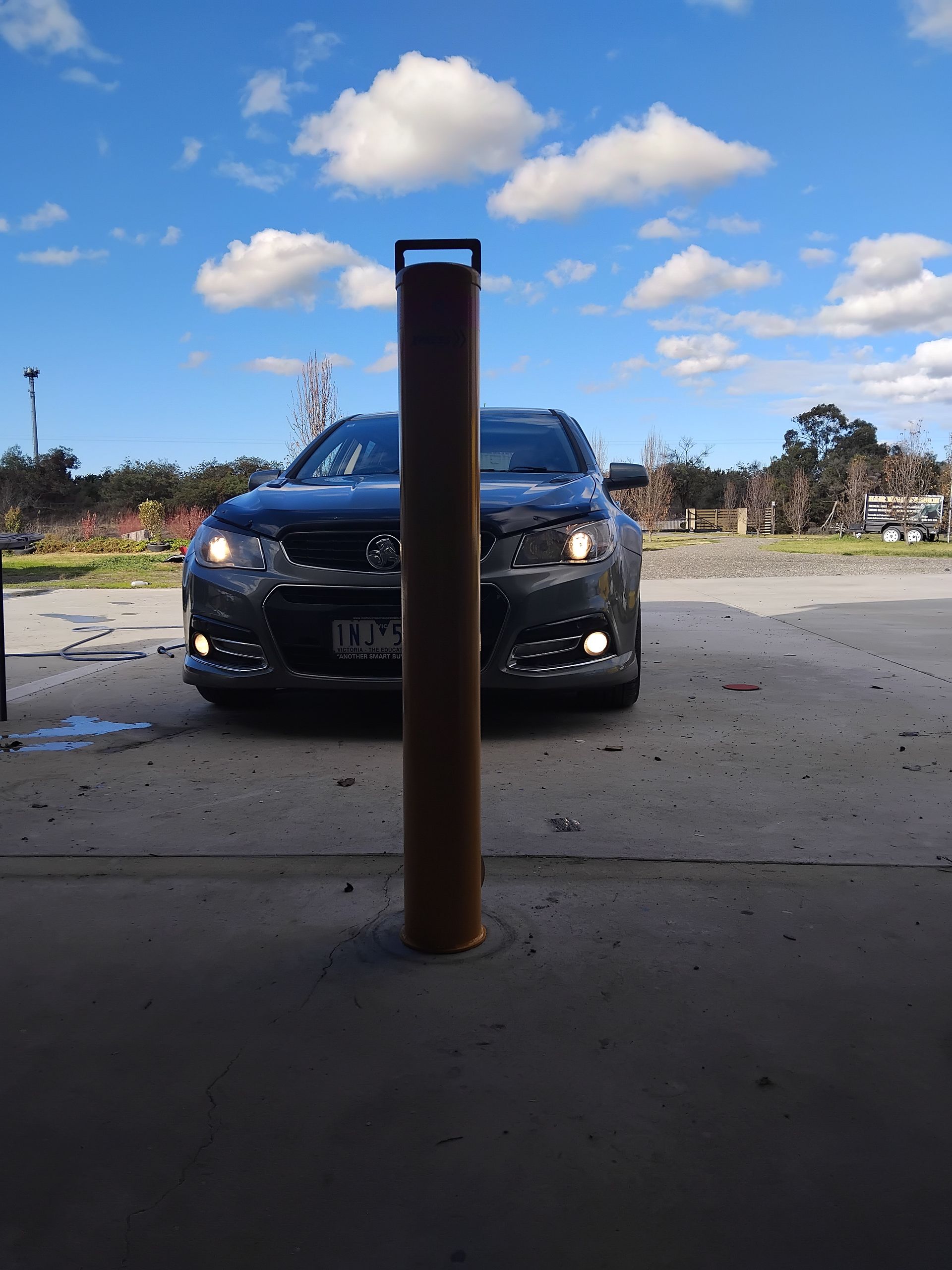
What Are Bollards?
Bollards are sturdy, vertical posts designed to control or direct traffic, protect buildings and pedestrians, and secure restricted areas. They can be made of steel, concrete, plastic, or even decorative cast iron, and serve various purposes including:
- Vehicle impact protection
- Pedestrian safety
- Traffic guidance
- Security against ram-raids
- Decorative and branding elements
But not all bollards are created equal, choosing the wrong type can lead to safety hazards, compliance issues, or even property damage.
Step 1: Determine the Purpose of the Bollards
Before choosing a bollard, you need to clearly define why you’re installing them. Ask yourself:
- Are they for vehicle protection (e.g., car park or storefront)?
- Are you trying to guide foot traffic in a public area?
- Do you want removable or retractable access for maintenance or deliveries?
- Is aesthetics or branding also a priority?
The purpose determines the type of bollard you'll need. For example:
- Security bollards - (anti-ram) are reinforced and built to stop vehicles.
- Traffic bollards - are often used to manage flow or restrict access.
- Decorative bollards - add style to public areas while offering minimal protection.
- Safety bollards - (in warehouses or loading bays) prevent forklifts from causing damage.
Step 2: Choose the Right Bollard Type
Here are the main types of bollards to consider:
🔹 Fixed (In-Ground) Bollards
- Installed permanently into concrete
- Ideal for high-security or high-impact areas
- Very strong, low maintenance
- Common for storefront protection and industrial sites
🔹 Removable Bollards
- Can be taken out when needed (e.g., for delivery access)
- Best for flexible access control
- Usually lockable for added security
🔹 Retractable (Telescopic) Bollards
- Slide down into the ground when not in use
- More expensive, but offer a sleek solution for vehicle access control
- Often used at commercial driveways or laneways
🔹 Surface-Mounted Bollards
- Bolted onto the surface (no digging)
- Quicker and cheaper to install
- Ideal for light-duty applications or temporary zones
🔹 Decorative Bollards
- Often used in public spaces like parks or plazas
- Offer limited protection but enhance appearance
- Available in modern, heritage, or custom finishes
Step 3: Consider the Material
The material affects the strength, maintenance, and aesthetics of the bollard:
✅ Steel Bollards
- Strong and impact-resistant
- Often powder-coated for rust protection
- Perfect for car parks, storefronts, and warehouses
✅ Stainless Steel
- Sleek, modern appearance
- Corrosion-resistant
- Popular for high-end commercial properties
✅ Concrete Bollards
- Extremely heavy-duty
- Often used in public or government spaces
- Can be painted or coated for visibility
✅ Plastic or Polyurethane Bollards
- Used for low-impact areas (e.g., traffic flow, car park bays)
- Lightweight, flexible, and cost-effective
- High visibility in busy areas
✅ Timber or Cast Iron
- Used for decorative or heritage-themed installations
- Less impact-resistant, more for aesthetic value
Step 4: Match the Design to Your Environment
Bollards don’t have to be eyesores. In fact, modern designs can blend seamlessly into your property or enhance its appearance.
Things to consider:
- Colour and finish (powder coating, galvanising, reflective bands)
- Branding opportunities (logos or corporate colours)
- Compatibility with existing infrastructure (e.g., fencing, signage)
- Heritage or architectural considerations
For high-traffic areas, you may want to choose bright colours like yellow or red for visibility. For more discreet settings, black or stainless steel options work well.
Step 5: Understand Bollard Installation Requirements
Installation is just as important as the type of bollard you choose. Depending on your property and surface, some bollards may require core drilling, concrete footings, or surface mounting.
Key factors:
- Surface type: Asphalt, concrete, gravel, etc.
- Underground services: Avoid hitting utilities during excavation
- Slope or uneven ground: May require levelling or grinding for flush fitting
- Permit requirements: Some councils may require approvals for public installations
Professional bollard installation ensures compliance, correct positioning, and long-lasting results. Always work with experienced contractors familiar with your local area and regulations.
